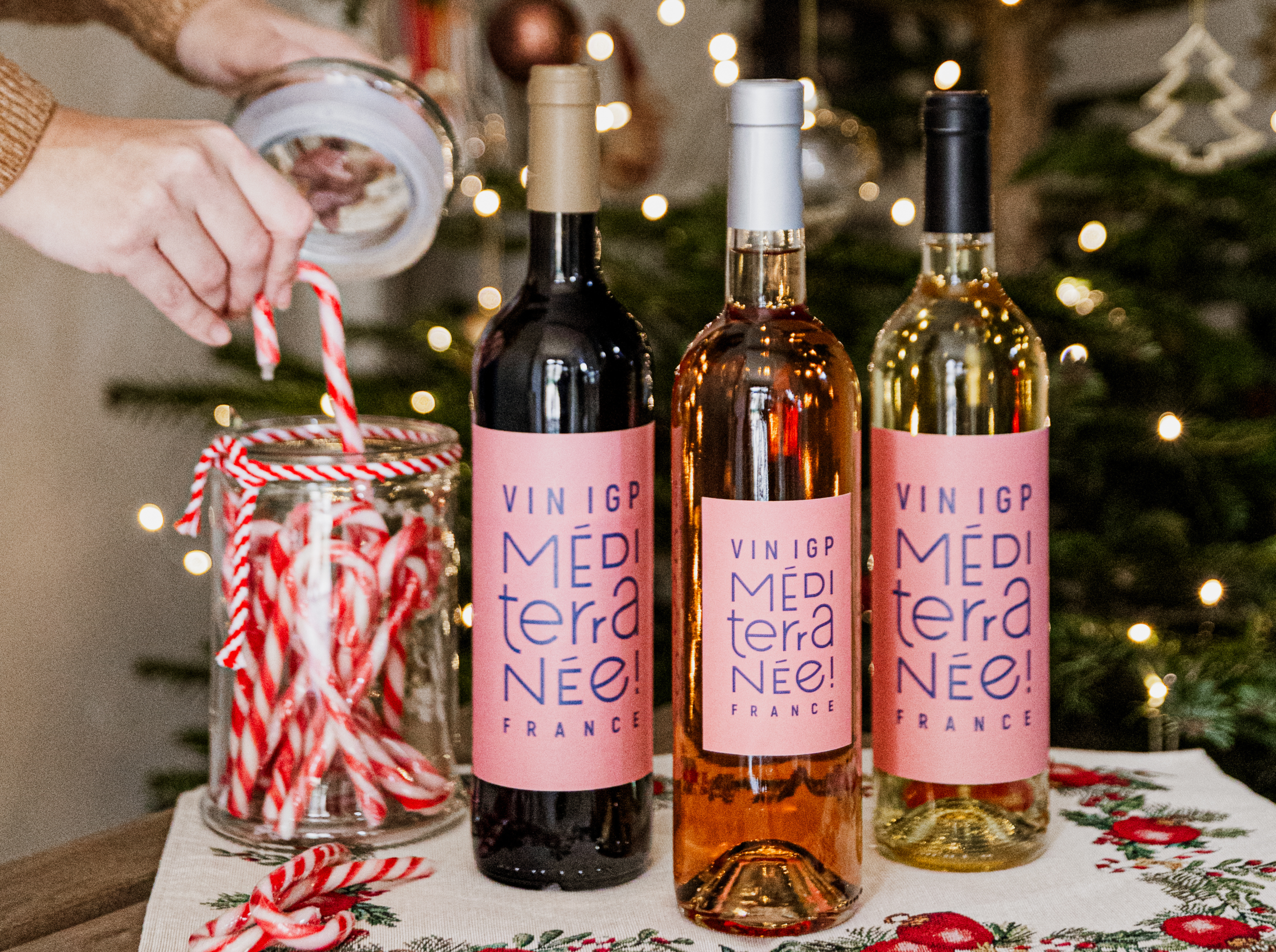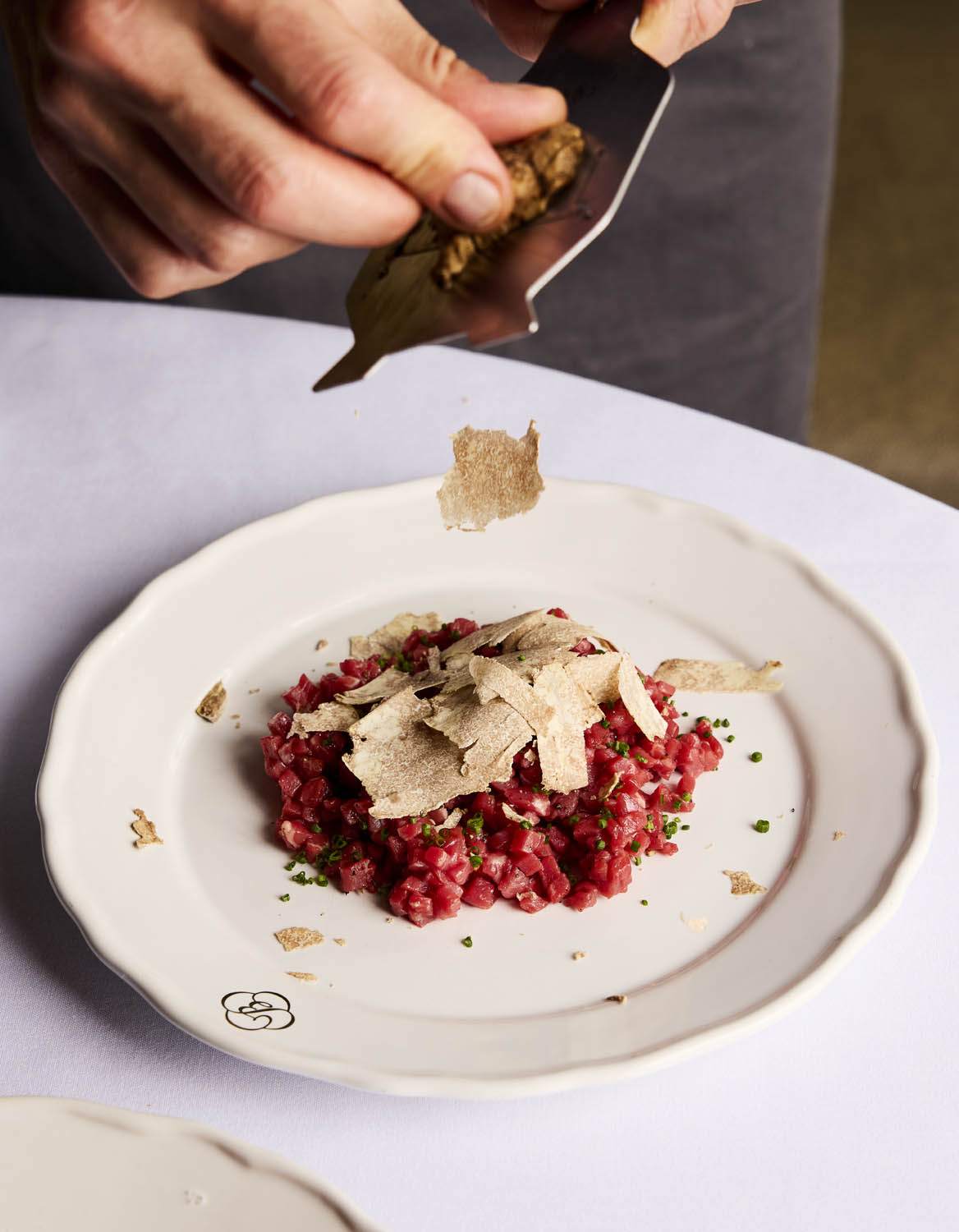South Africa 2018: crop size down 15%
The drought-struck 2018 vintage in South Africa is 15% smaller than the year before according to official figures, not quite as small as previously feared.
According to industry body South African Wine Industry Information and Systems (SAWIS), the 2018 harvest totalled 1,220,920 tonnes, 15% less than in 2017 but above initial estimates in what has proved to be a challenging vintage in the southern tip of Africa; which has been struck by the worst drought in 100 years.
All regions with the exception of Breedekloof (where new Colombard and Pinotage plantings came into production boosting the crop)reported a reduced crop and Olifants River, which was hardest hit by the severe lack of water, reported the greatest losses overall, although the statement released by wine industry body Vinpro did not elaborate how bad those losses were.
As well as the drought, there were also losses in some areas, notably Worcester, Robertson and Northern Cape, from frost in September and October.
On the other hand, despite the difficulties, the hot, dry weather kept the vineyards largely disease and pest-free and while December and January were hot – hitting 35°C at times – there were no intense heatwaves and the end of the growing season grew cooler, leading to better colour and flavour in later ripening varieties (especially reds).
Overall, quality across regions is deemed very high as much of the loss in overall volume was due to smaller berries and bunches which, conversely, should lead to a greater concentration of flavour and colour.
Francois Viljoen, manager of Vinpro’s viticultural consultation service, said: “The South African wine industry is already very diverse due to the variation in climate and terroir between the respective regions. But this year it was exceptionally difficult to generalise as the conditions would differ significantly from one region, and even one farm, to the next, depending on access to water, the prioritisation of other crops on the farm and how the vineyard was managed to cope with the drought.”
Nonetheless he added: “Consumers can look forward to some really good wines from the 2018 vintage.”
Siobhan Thompson, CEO of Wines of South Africa, meanwhile, added: “We feel very positive about the prospective quality of the grapes from the 2018 harvest as this is one of the most important issues that we are focusing on as an industry.
“It is imperative that the standards of the wines we sell both locally and abroad can compete with that from the rest of the world. It shows true character, not only in the quality of our terroir, but also from our winemakers, to adapt and overcome such challenging conditions in order to remain viable.”
A summary of each of the major regions was provided in the Vinpro report and can be seen below:
Partner Content
Breedekloof: Very healthy conditions and the fact that new Colombar and Pinotage plantings came into production contributed to a somewhat larger wine grape crop.
Klein Karoo: Although a smaller crop, red wines will have a richer colour due to smaller berries and the white wines have fresh characteristics.
Northern Cape: Chenin Blanc production increased somewhat, but Colombar, which is the largest contributing cultivar, was affected most by frost damage in some areas.
Olifants River: The region hit the hardest by water shortages, experiencing the biggest drop in production.
Paarl: The amount of wine grape bunches were trumped by much smaller berries, which resulted in a lower yield, especially in dryland vineyards.
Robertson: A smaller, but very promising wine grape harvest, despite frost damage in some areas.
Stellenbosch: Despite irrigation challenges and a smaller harvest, wine grape producers and winemakers expect some great wines.
Swartland: An unexpectedly good year in terms of wine quality from a much smaller harvest due to water stress in this dryland region.
Worcester: One of the most challenging seasons yet due to water restrictions and frost, but wine grape producers and winemakers were innovative in the vineyard and cellar to produce good wines.





It seems that no one is talking about the South African government’s stated intention to confiscate white-owned land without compensation. Have confiscations begun? Are current vineyard owners in jeopardy? What are the expectations?
The proposed legislation surrounding land expropriation is still in a draft phase and has therefore not taken effect. Vinpro is participating in the consultation process. Please contact us on info@vinpro.co.za should you wish to discuss further.